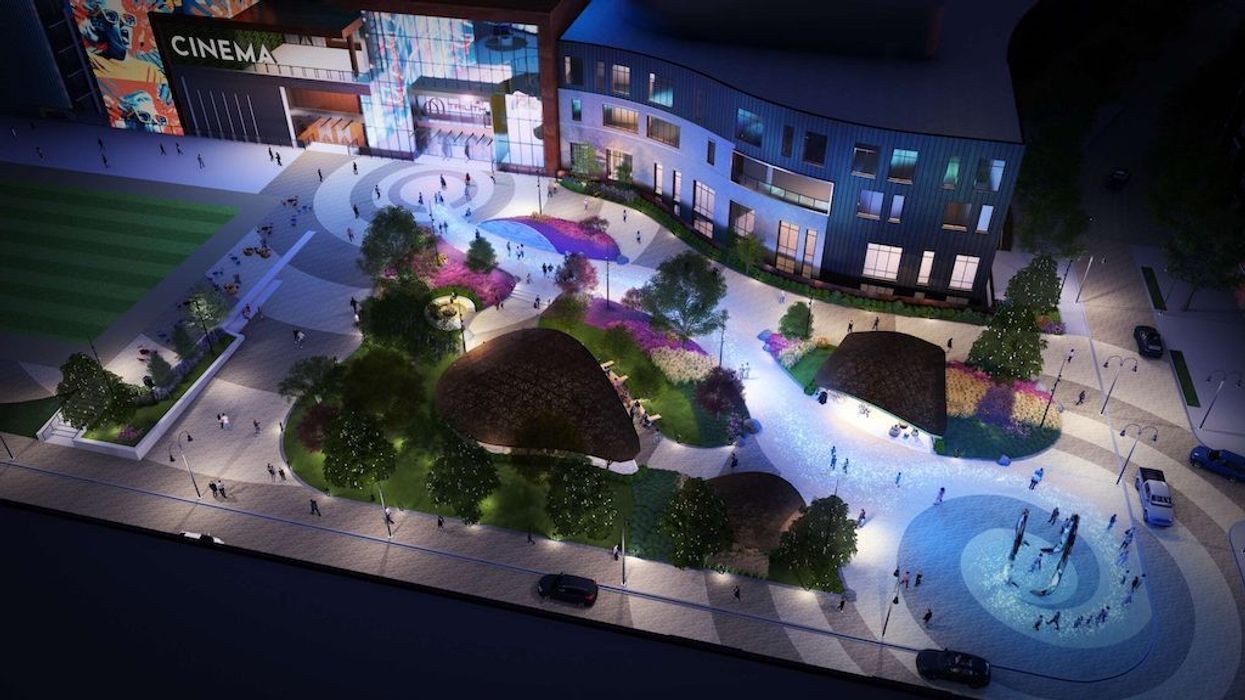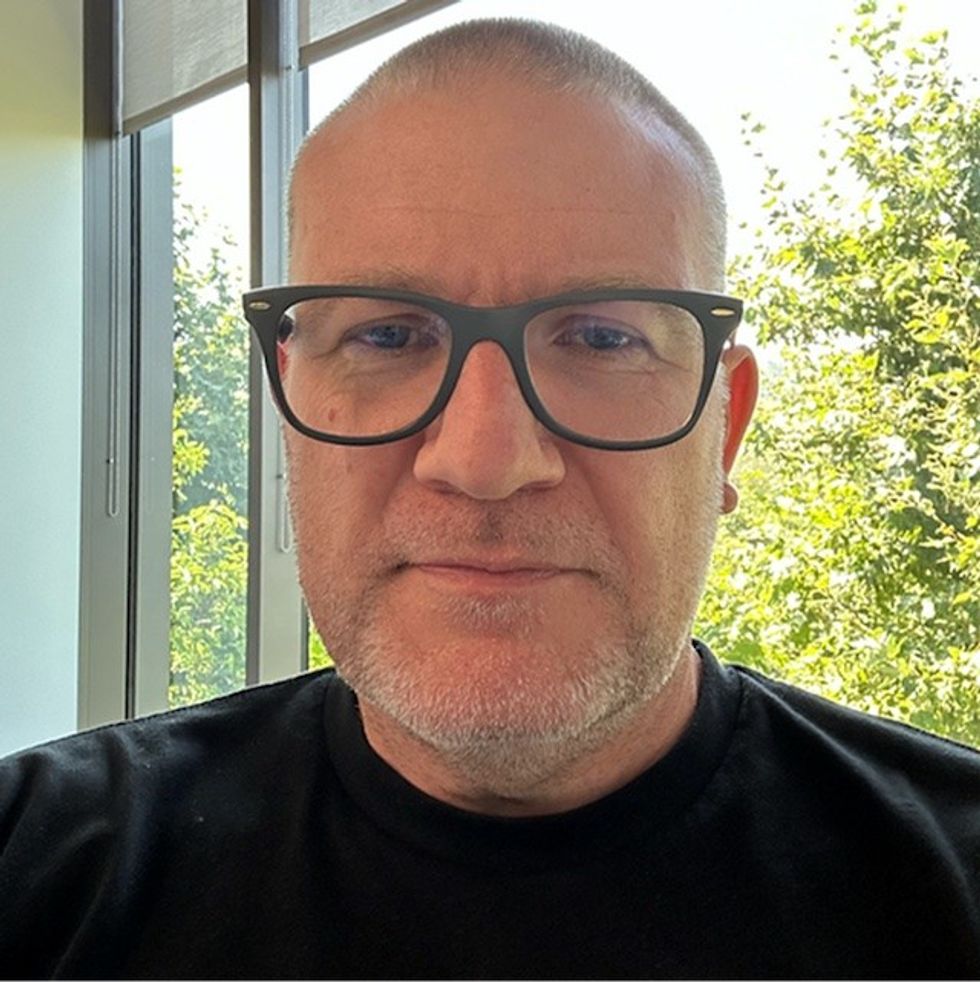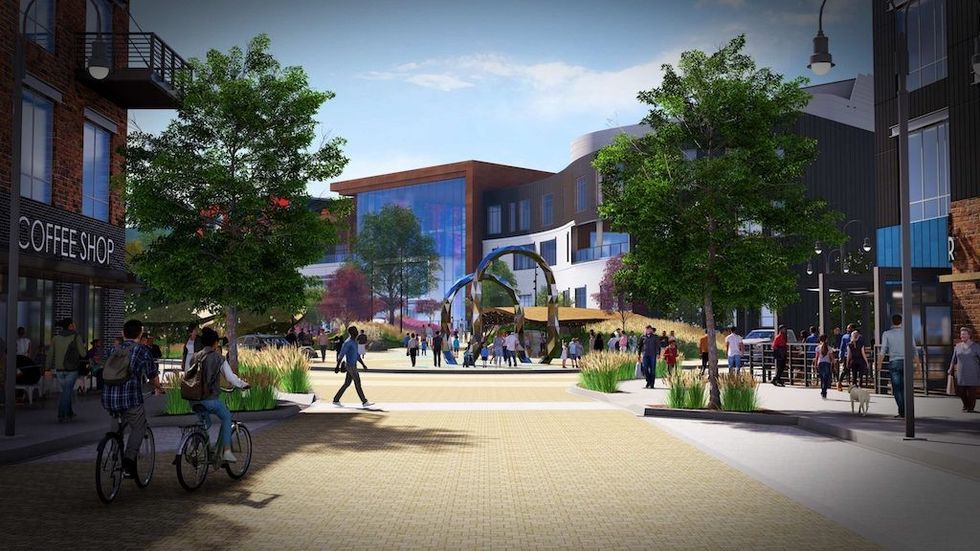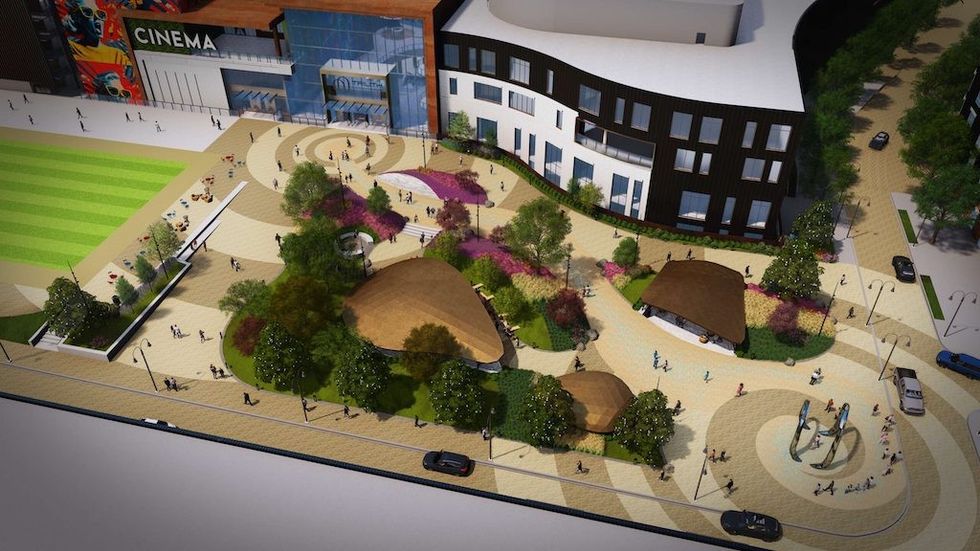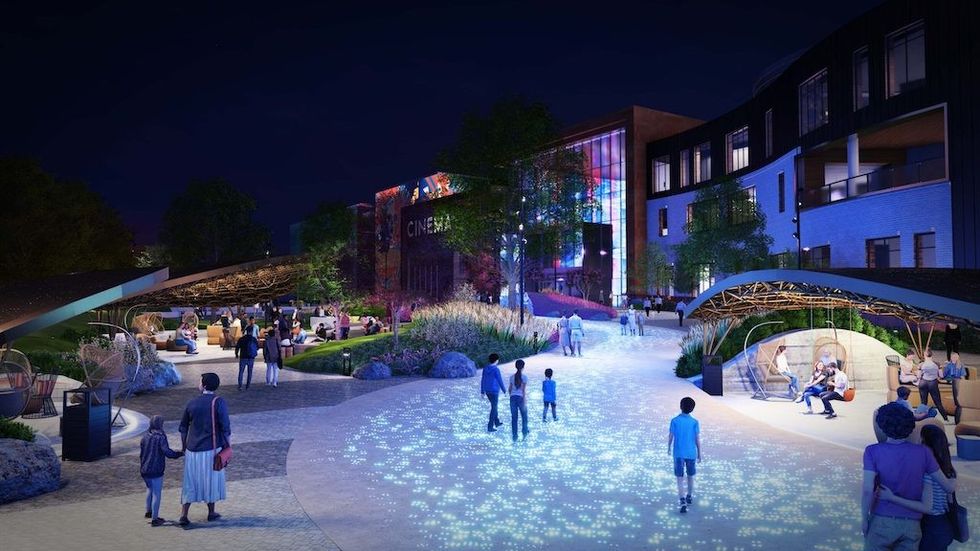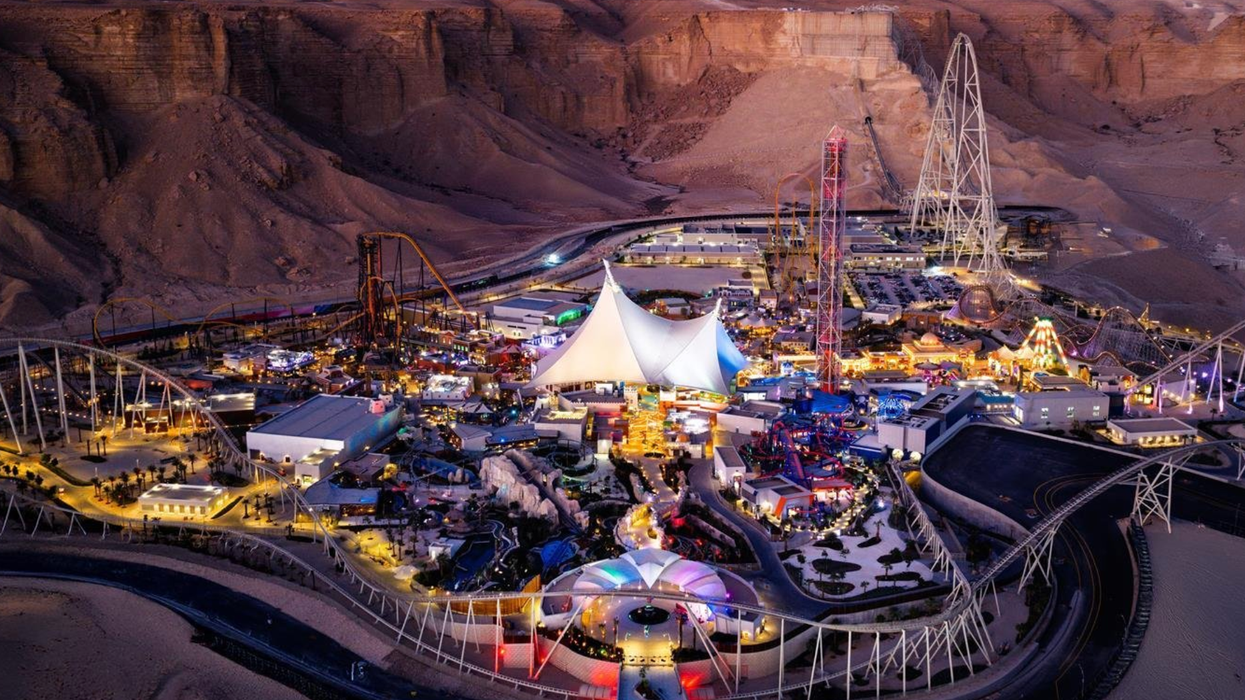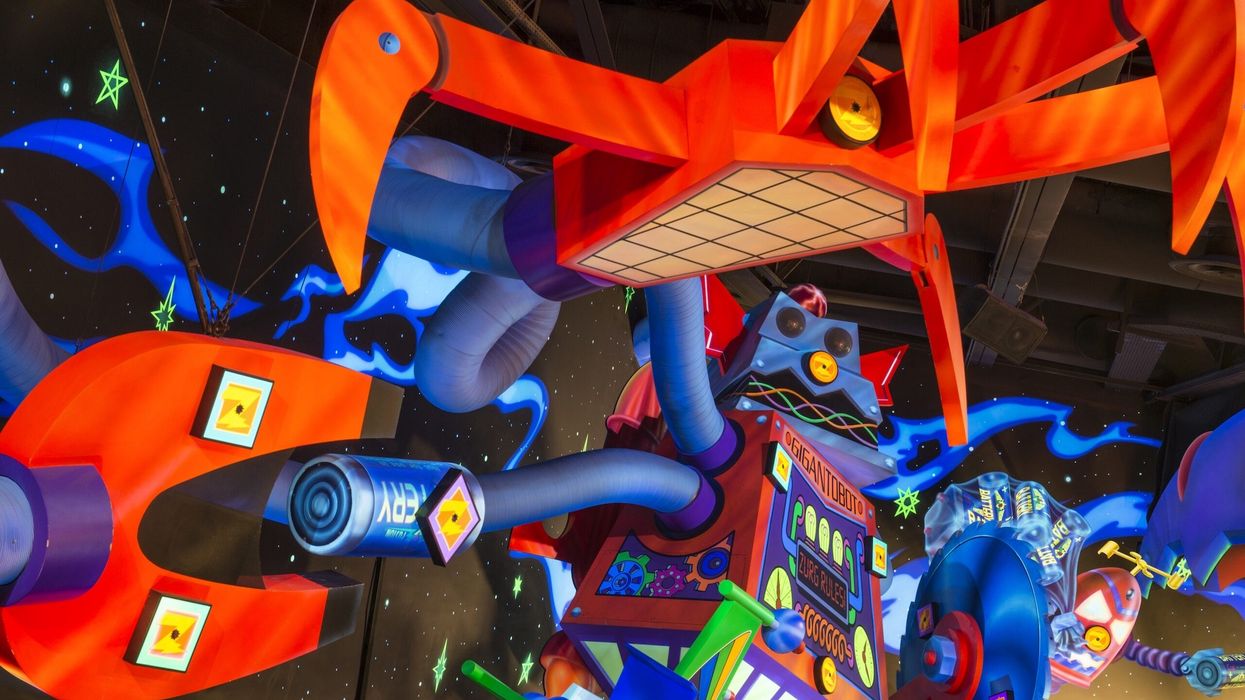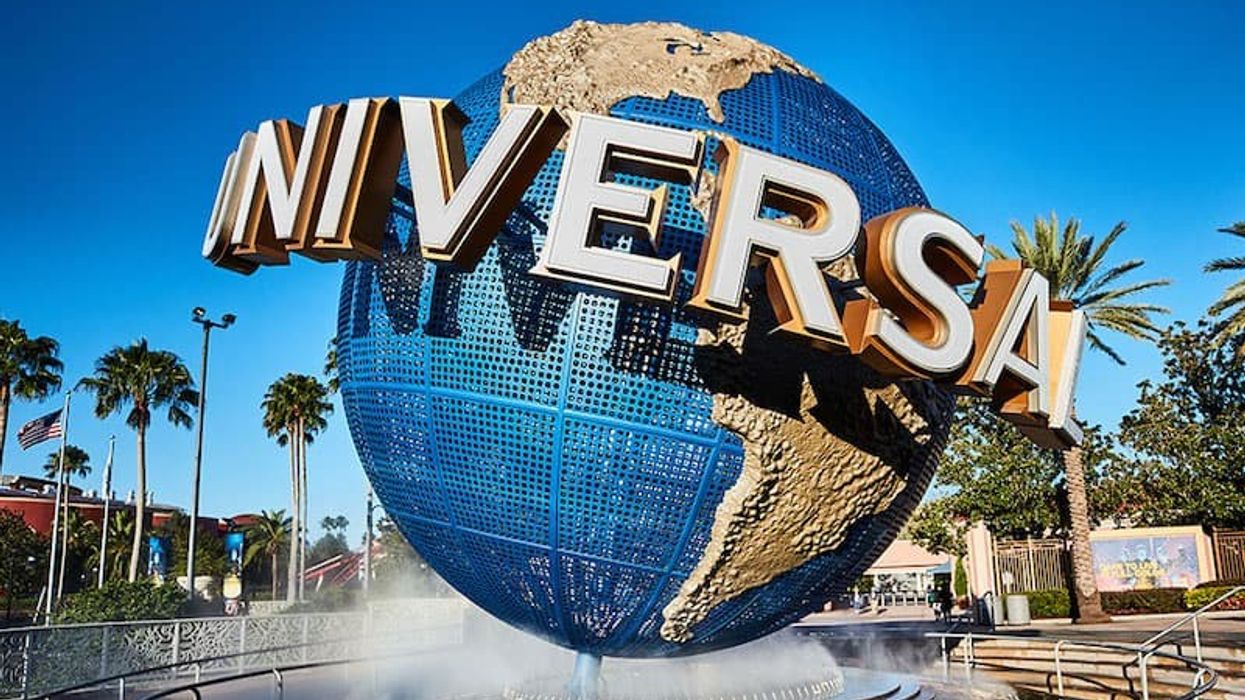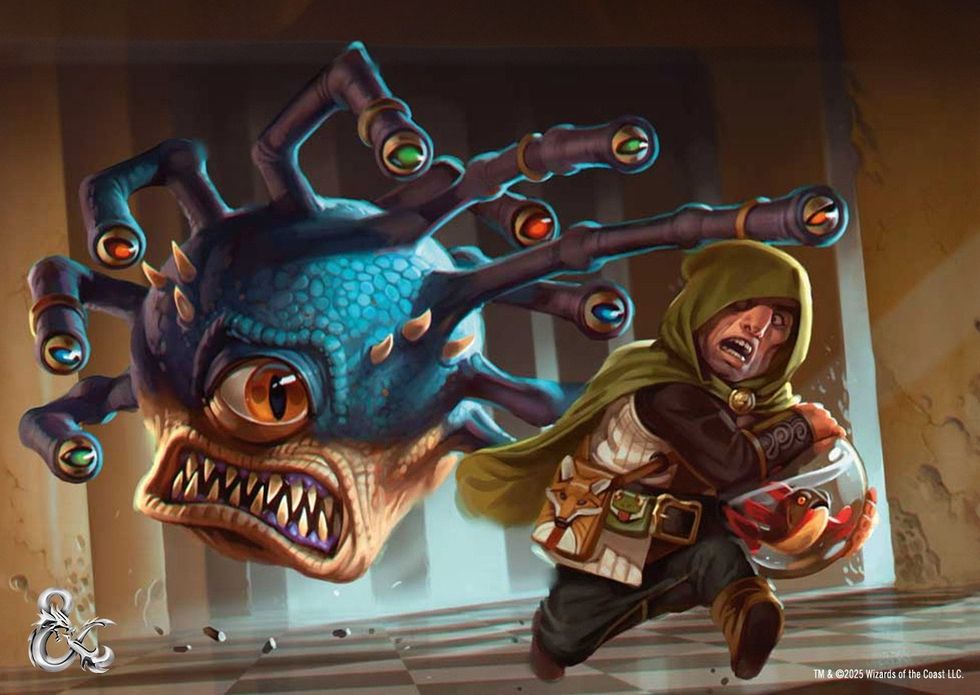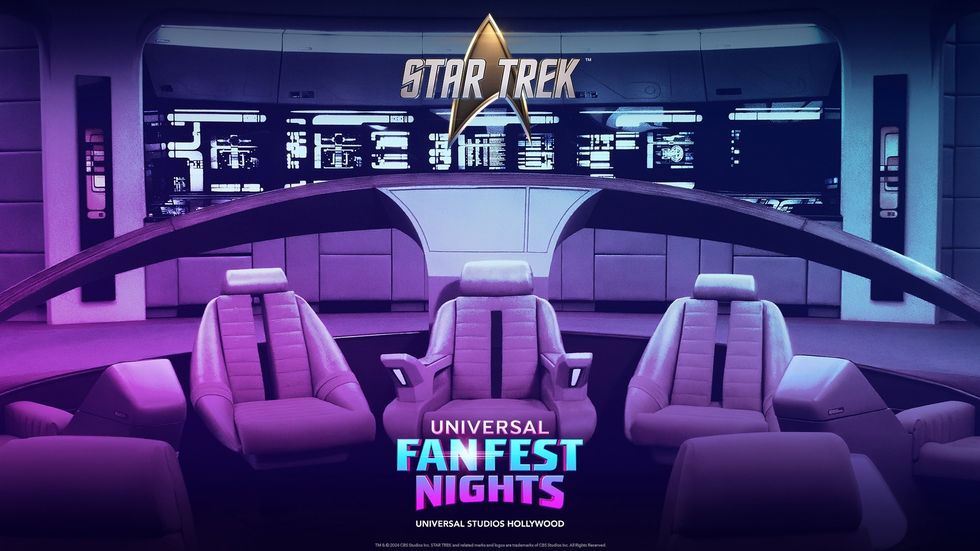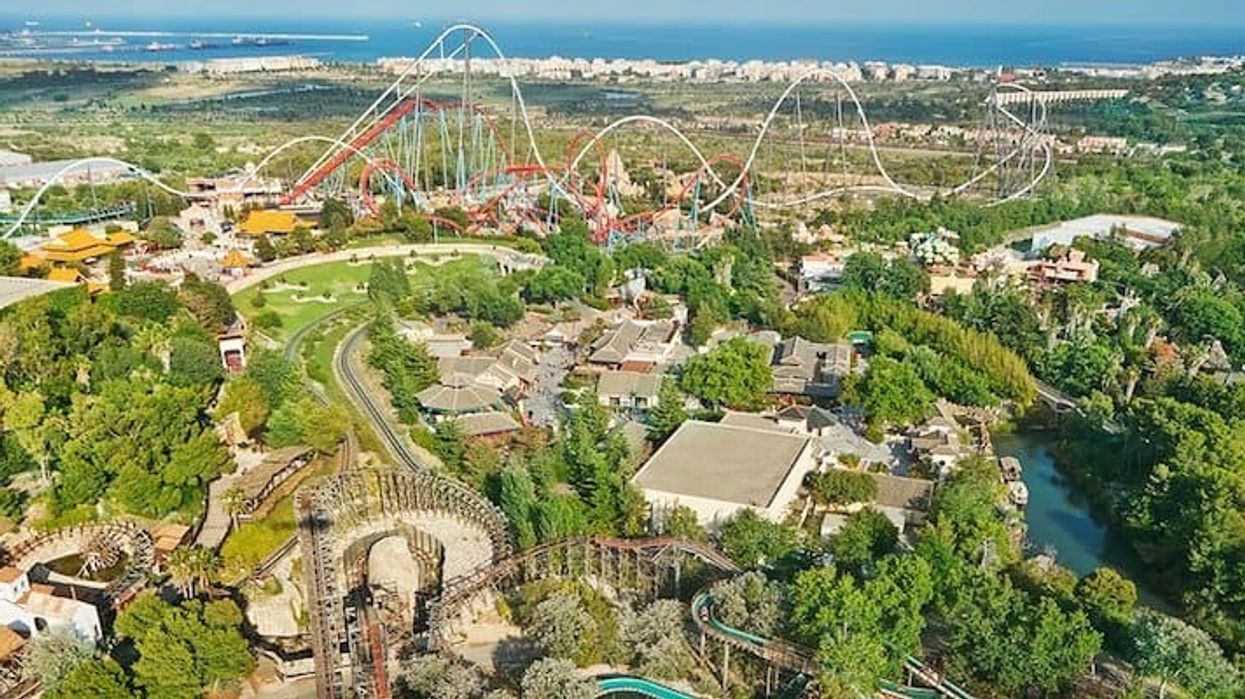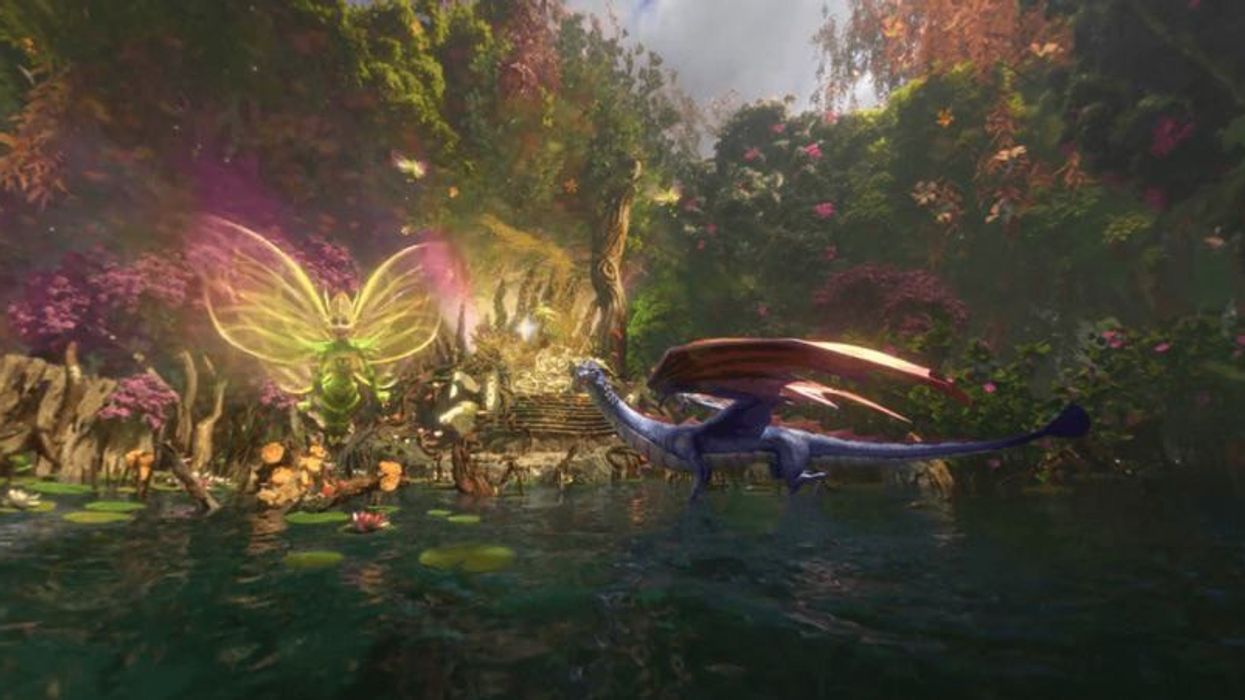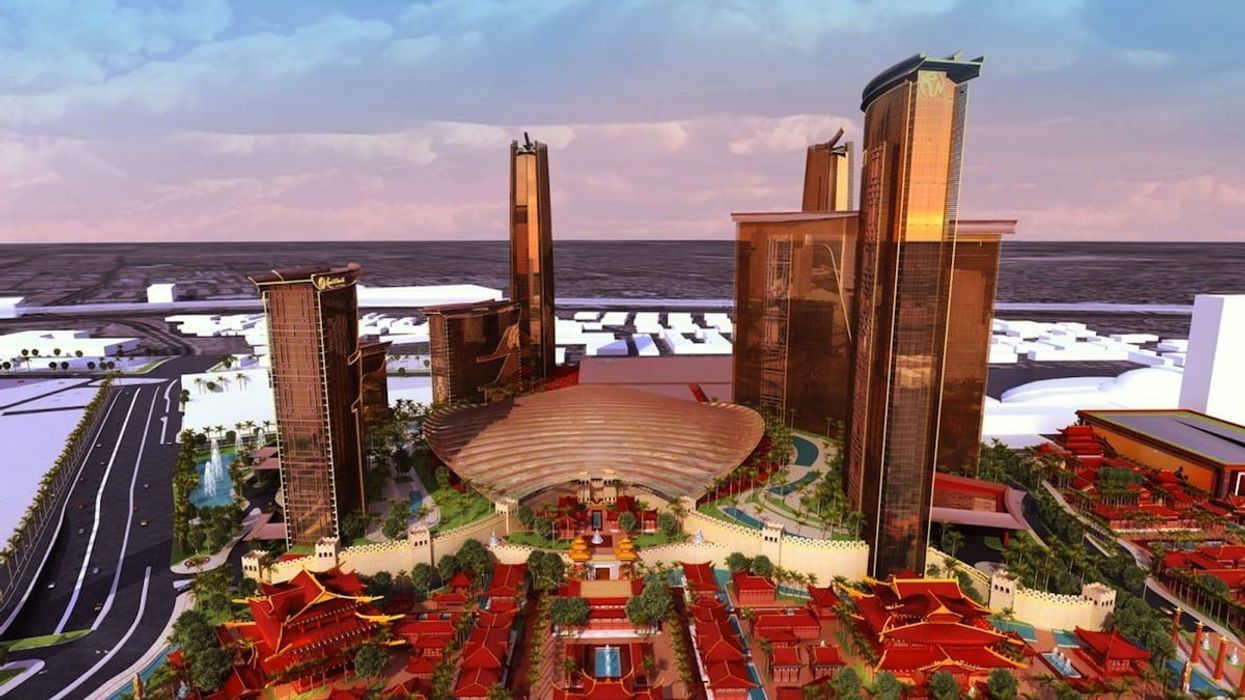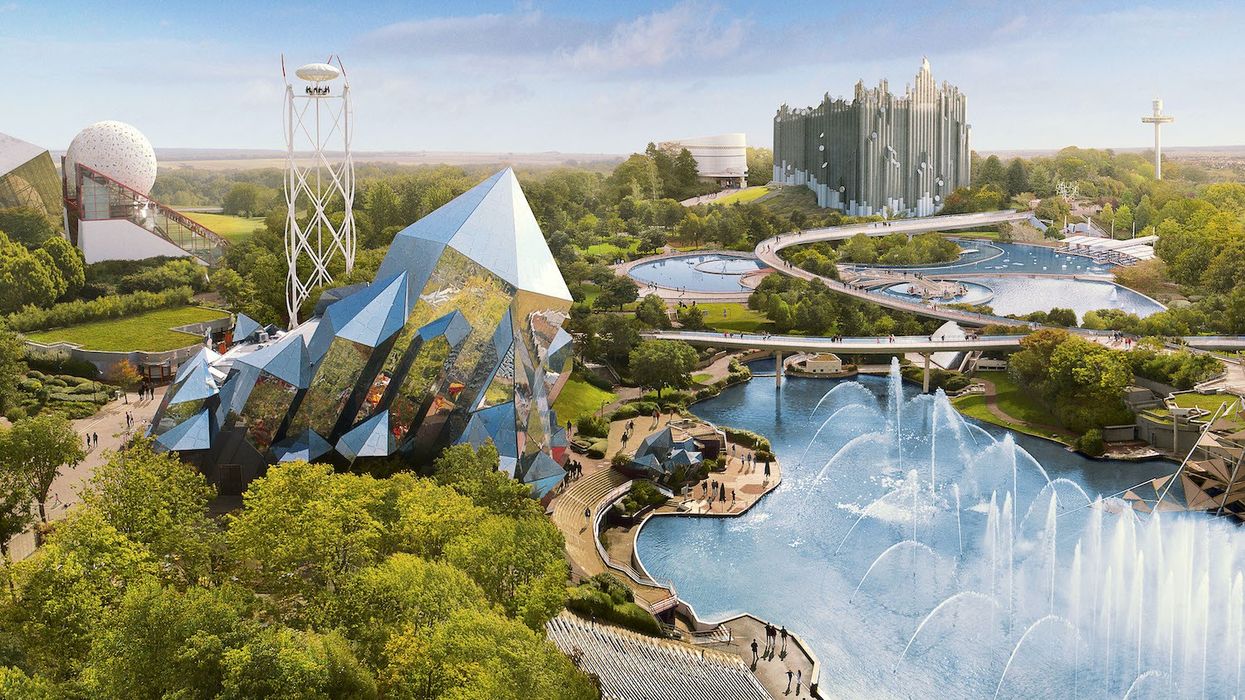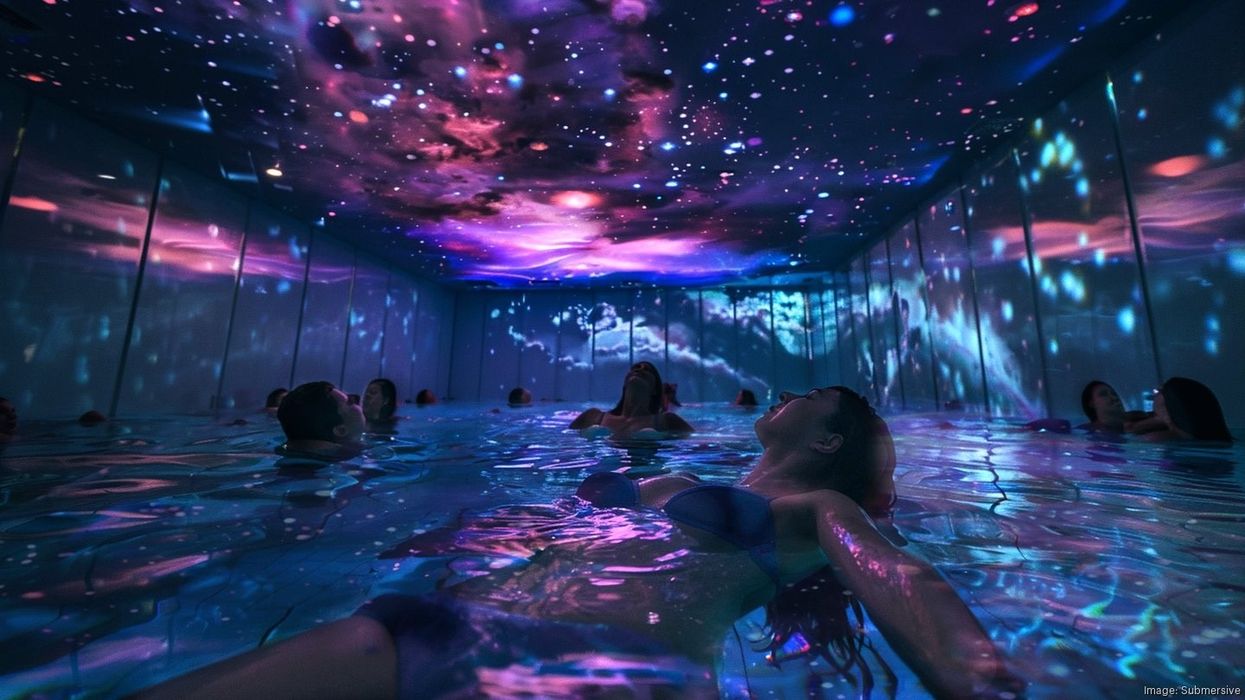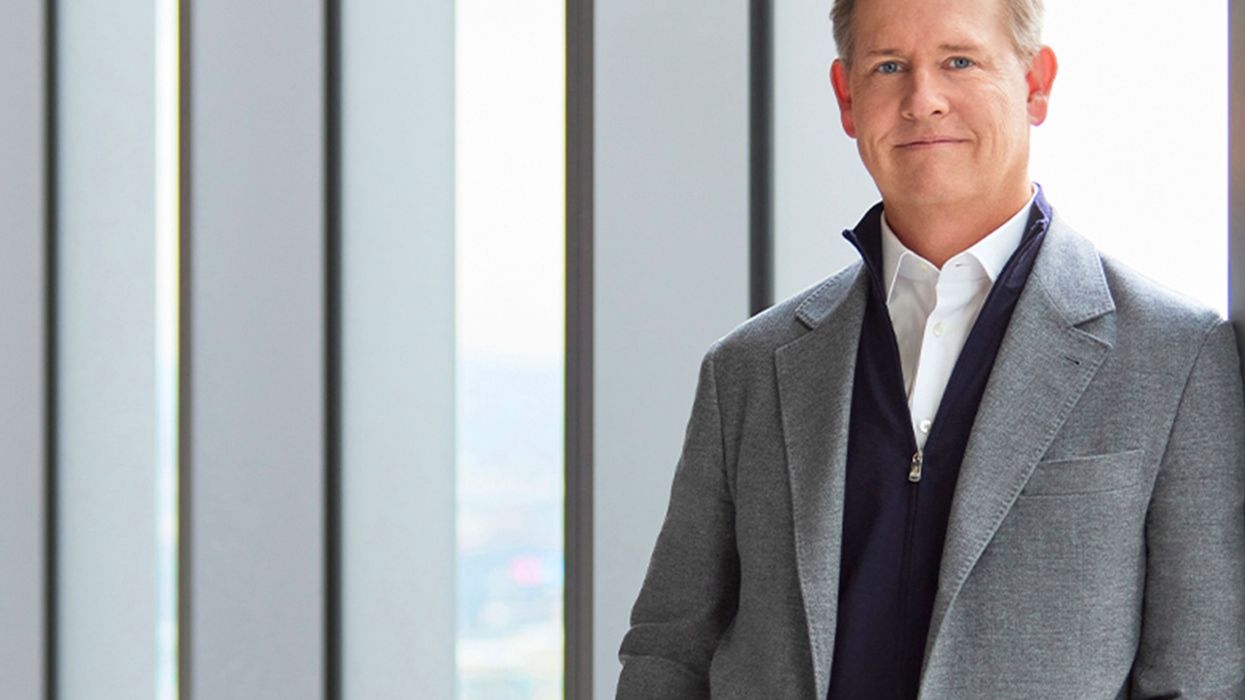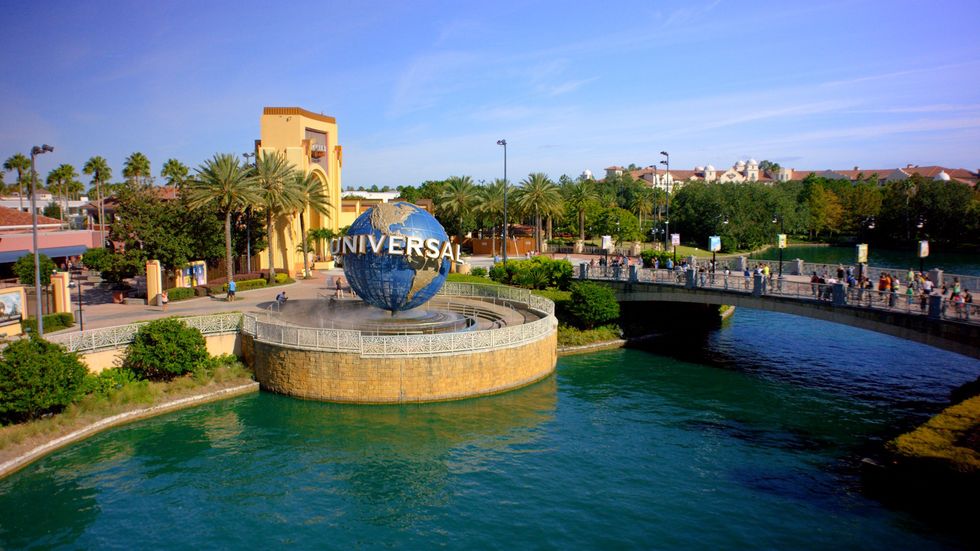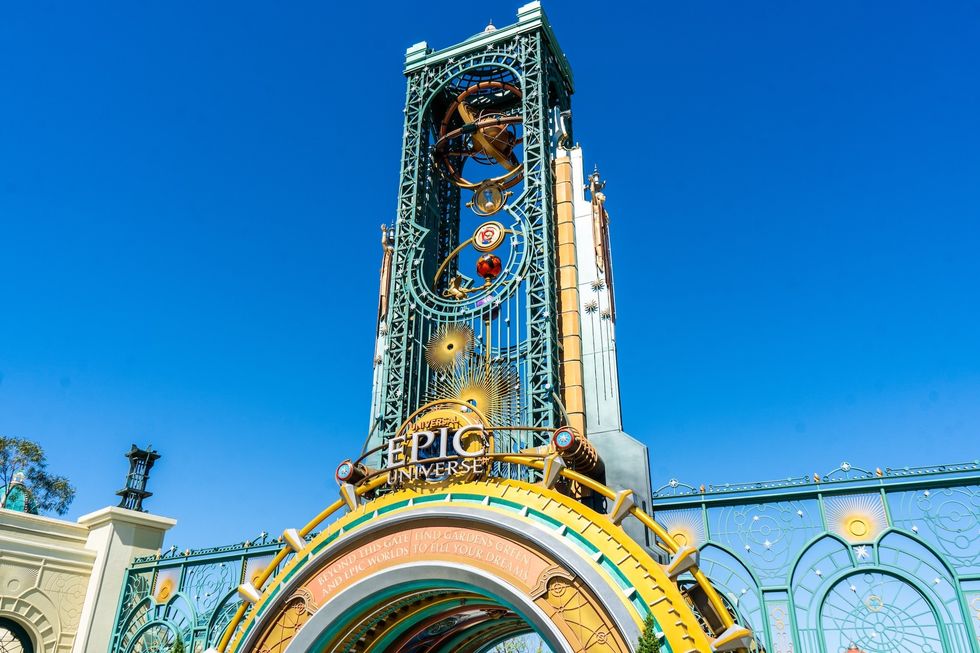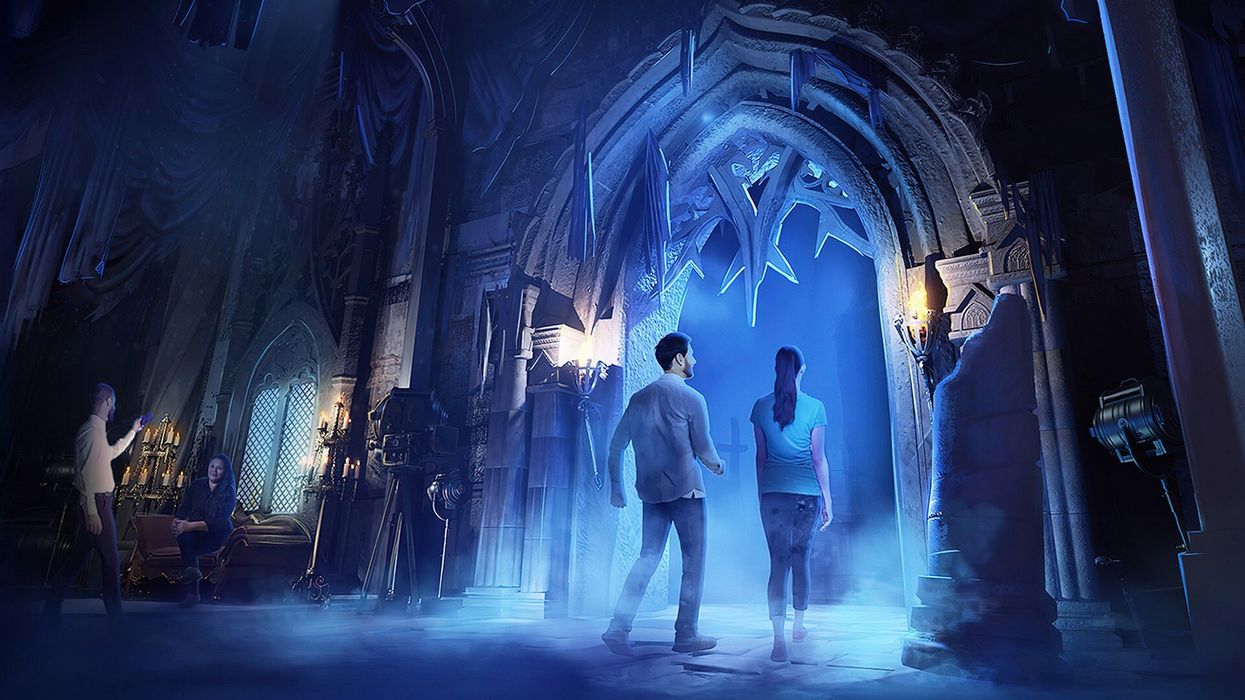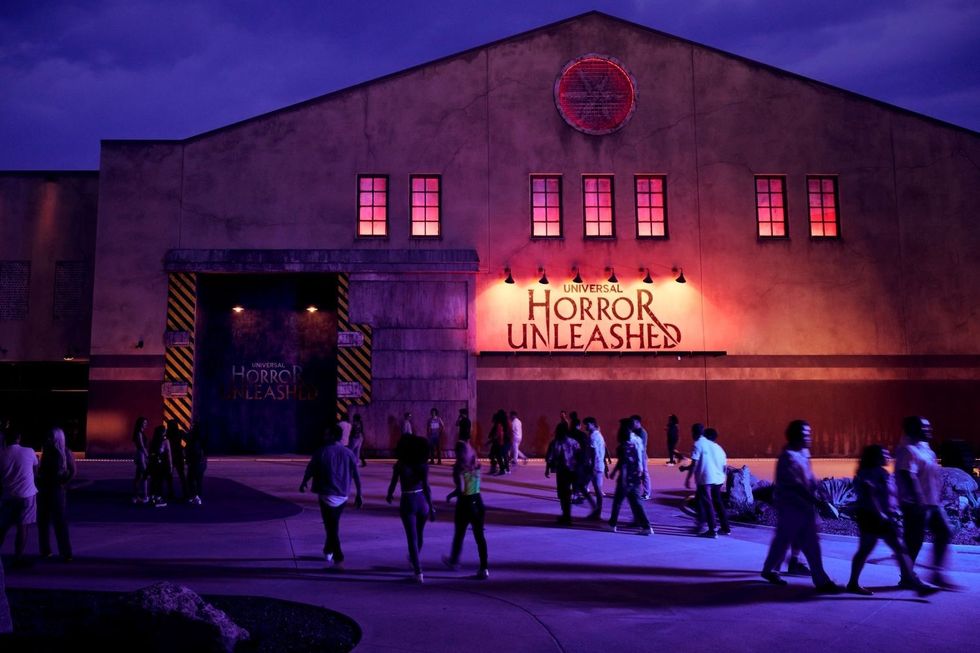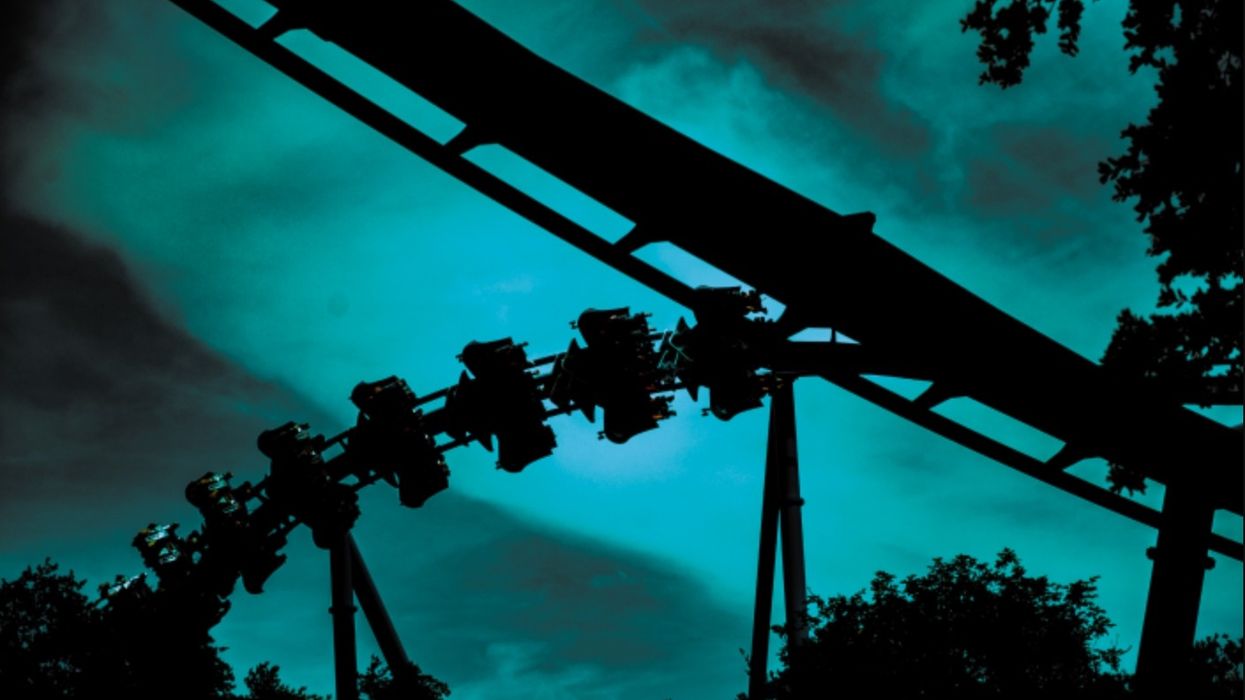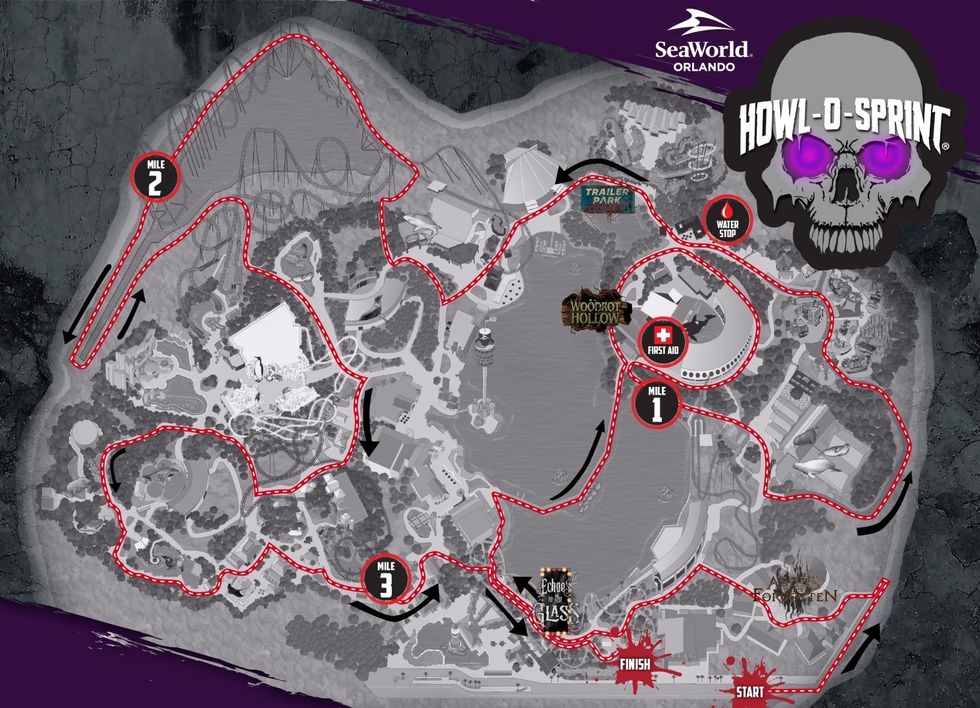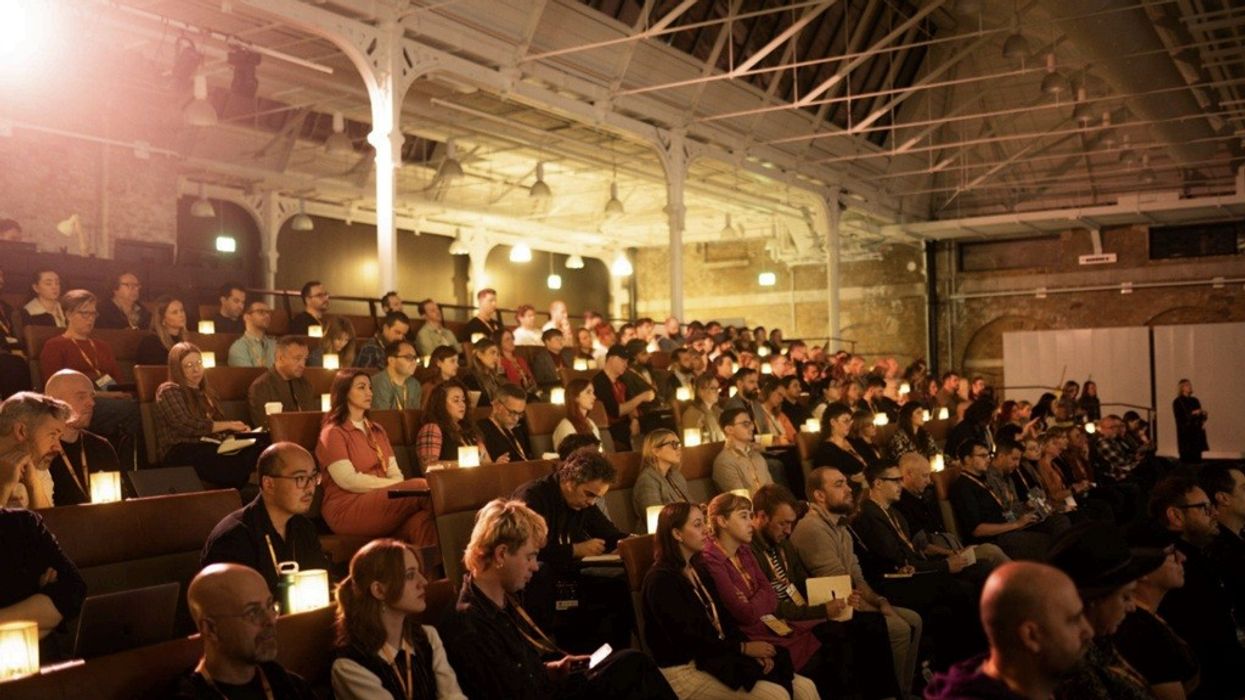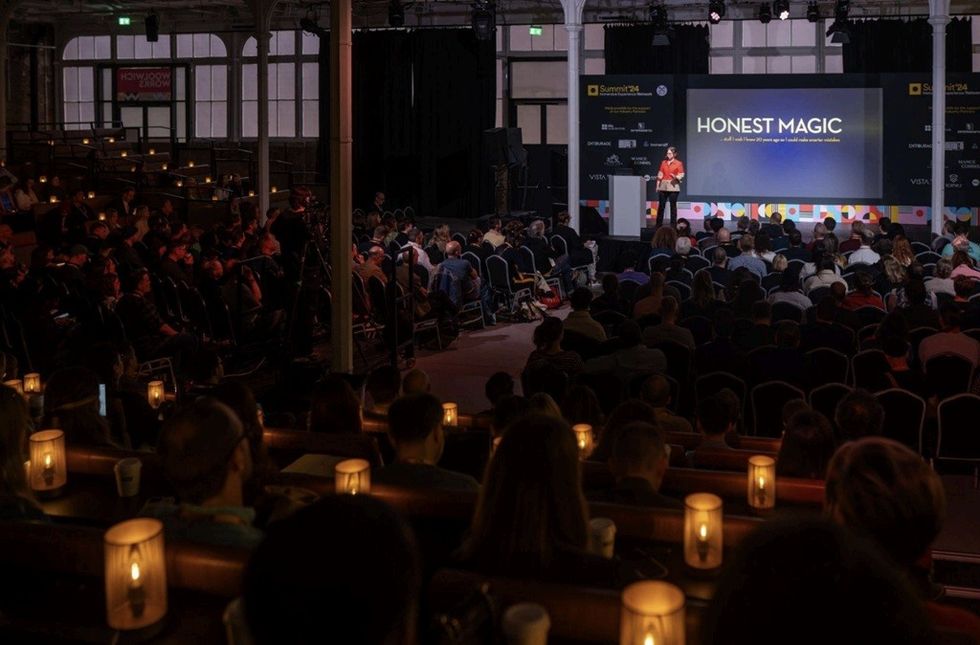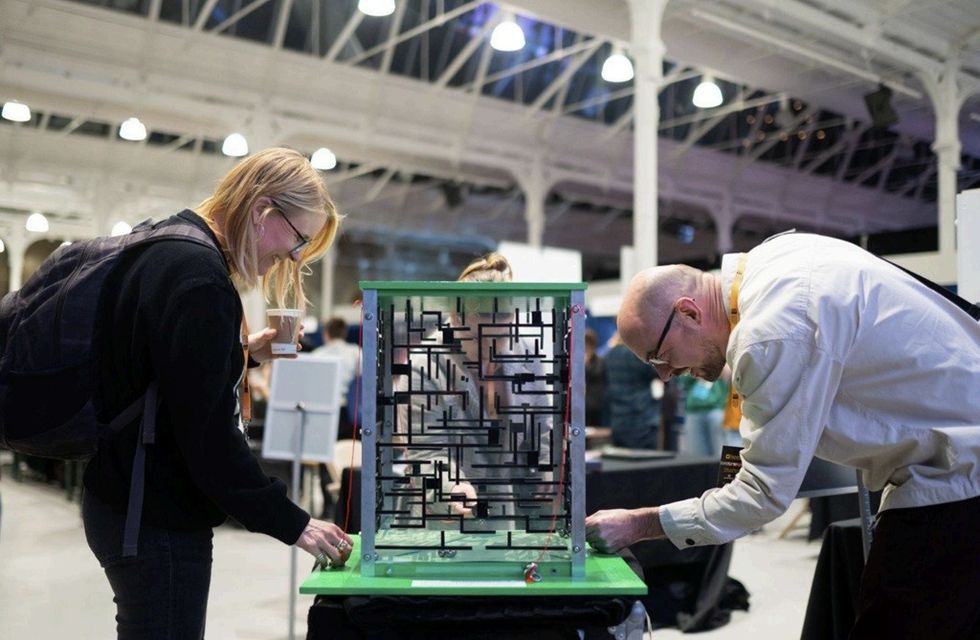Storyland Studios, a global experience design and strategy firm,has shared insights from Rob Moffat, principal director of landscape and area development, a former Disney Imagineer who trained under Disney Legend John Hench.
When guests visit a theme park, resort, or cultural destination, they’re immersed in a story. They may notice architecture, rides, music, but the real connection is often invisible. At Storyland Studios, that invisible thread is landscape architecture, and Moffat leads the way.
Moffat also served as owner and Principal of ima, an international landscape architecture practice that supported Disney and the global themed entertainment industry for decades. With over 25 years of experience, he has shaped landscapes for Disney, Warner Bros., and major international destinations.
Today, he continues to guide Storyland teams in designing environments where artistry, storytelling, and guest well-being converge.
More than just finishing touches
Moffat leads Storyland’s landscape architecture practice, supported by a talented team including Kevin Blakeney, director of master planning, who has experience in themed entertainment and destination design for projects like Shanghai Disney Resort, Hong Kong Disneyland expansions, and other large international destinations.
“Guest experience is something we encounter in our everyday lives—it could be as basic as driving somewhere, walking through a public space, or enjoying a theme park,” says Moffat. “But it’s all an experience, and it’s either a good one or a bad one, even if we’re not really paying attention to it."
“Yet for landscape architects, guest experience is at the heart of what we do. Whether it’s a hotel, theme park, or retail environment, people want to escape their everyday life. We always have to ask the question: Are people going to come and use this space? Are they going to want to experience it, be there, and then want to come back?
“As landscape architects, we’re the glue of a project. We interact with architects, civil engineers, lighting designers, graphics and wayfinding, and project stakeholders. Together, we shape the canvas that everything else is built on.
"The best projects are where we have a great relationship with the architect and work together to integrate both the building architecture and the landscape architecture, so they don’t feel like two separate entities.”
Problem solving & sustainability
Many believe landscape architects just “add greenery," but their role is complex. They balance environmental regulations, circulation, water use, and safety, as well as how a space feels.
“Sometimes we’re seen as cake decorators, but really it’s not that at all. It’s how everything is put together. We deal with circulation, environmental constraints, and existing site challenges. A lot of our approach is really problem-solving with creativity.”
When it comes to problem-solving, Rob is an advocate of 3D design: “When an entire project is in something like Revit, we have the opportunity to see things early on. It’s much cheaper to make mistakes within a 3D model than during construction! The ability to minimize challenges and deal with them in the model environment gives us the data we need to make educated decisions.”
A key aspect of problem-solving is its impact on sustainability, which must be addressed in design, operations, and guest experience.
“Some clients see sustainability as more regulatory or compliance-driven, while others look at landscape architecture as a way to creatively be more sustainable—whether that’s biodiversity, water conservation, planting to encourage shade, and so on.
“And this becomes another puzzle to resolve—particularly because there are fewer green sites available. Often, we’re dealing with a lot of challenges on an existing site, and we need to understand how environmental ambitions align with the physical constraints of the site itself. It really becomes a challenge of how we balance effectively, pushing and pulling the different requirements that come onto a project.”
Moffat says it is his team’s responsibility to educate clients on best practices and show how design impacts sustainability, helping them see the effects of their choices.
Trilith Studios
Storyland partners with Trilith Studios in Atlanta, a major film hub (formerly Pinewood Studios) where films like Ant-Man, Superman (2025), and Coppola’s Megalopolis have been shot. It also features Town at Trilith, a residential community with homes, shopping, and dining.
The latest project at Trilith, Trilith Live, is set to open in early 2026. It will include dual sound stages for TV shows like Family Feud, iconic movie props, immersive sets, and a reimagined theatre experience.
A recent project for Moffat and Storyland involved designing a vibrant landscape for the Trilith Live plaza, converting outdoor spaces for the performing arts centre, cinemas, and public areas into an urban park.
Features include glowing aggregate paving that lights the way at night, sculpted mounds that frame performances and provide casual seating, and flexible spaces adaptable for yoga, concerts, or festivals.
“What I love about the design is how the space changes from day to night with glow-in-the-dark aggregate, and then through the seasons too,” says Moffat. “We’ve identified plants that bloom at different times of the year, and even in winter—with the leaves gone—the trees still add interest with their structure.
“At the end of the day, we’re really the pre- and post-show of that facility—the performing arts, the live stage studios, and the nine-theater cinema. It’s about setting the stage for the excitement of what guests are about to experience, while also providing the flexibility to host different events, scale for various audiences, and share the stories of Trilith and the movies in new ways.”
Beyond the shows, it’s about the everyday experience; an urban park with design details that enhance the journey, offering various ways for people to connect with and enjoy the space.
Landscape architecture isn't just about plants and paving; it's about guiding guest experiences, integrating various disciplines, and shaping lasting environments. It combines creative vision with practical engineering, irrigation, and architecture to create an experience that connects people to the places around them.
Earlier this year, Storyland Studios announced that it is seeking attraction, retail, dining and entertainment developers and operators as part of phase one development of LIBERTYLAND, a family Retail, Dining and Entertainment District (RDE) located near Mount Rushmore and Rapid City, South Dakota.
Charlotte Coates is blooloop's editor. She is from Brighton, UK and previously worked as a librarian. She has a strong interest in arts, culture and information and graduated from the University of Sussex with a degree in English Literature. Charlotte can usually be found either with her head in a book or planning her next travel adventure.
